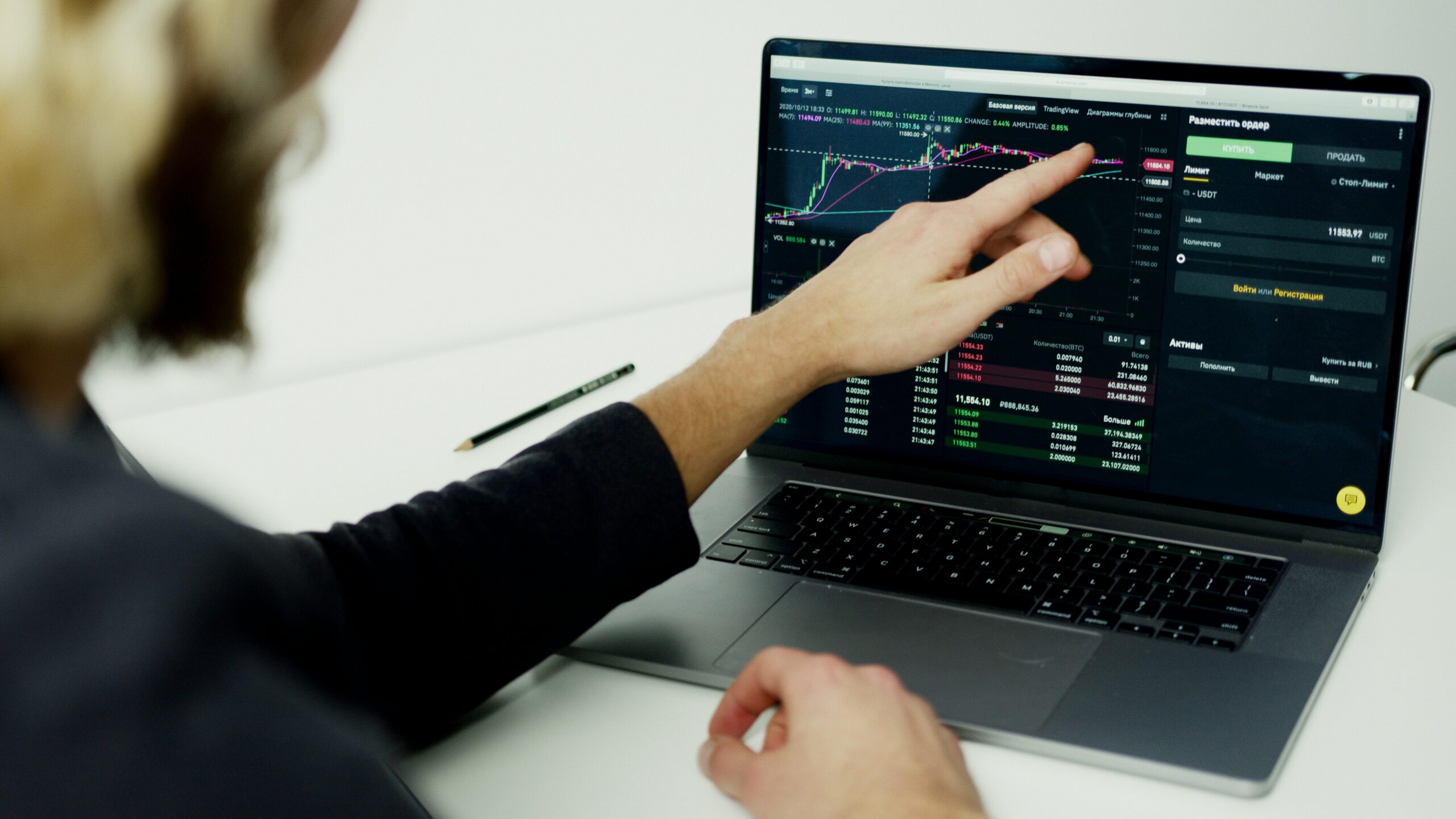Forex trading is a dynamic and rewarding endeavor, but it also comes with significant challenges. One of the most critical steps in your trading journey is transitioning from demo trading to live trading. Many traders start with demo accounts to practice and refine their strategies, but the shift to real money can be daunting. This article explores the key differences between demo and live trading, the challenges you may face, and actionable tips to make a successful transition.
Key Differences Between Demo and Live Trading
1. Market Volatility and Real-Time Data
In demo trading, the market data you see is often simulated or delayed, which may not fully reflect real-time market conditions. While demo platforms strive to mimic real-time prices, there can be discrepancies, especially during high-impact economic events. In live trading, you are exposed to the true volatility of the Forex market, where prices can move rapidly and unpredictably.
2. Emotional Pressure
One of the most significant differences between demo and live trading is the emotional factor. In demo trading, there is no real financial risk, which can make decision-making easier. However, in live trading, the pressure to preserve and grow your capital can lead to emotional responses, such as panic selling or greed-driven decisions, which can derail your strategy.
3. Execution Speed
Another key difference is the speed of execution. In demo trading, orders are processed almost instantaneously, similar to live trading. However, in live trading, execution speeds can vary depending on your broker’s platform and market conditions. Slippage, which occurs when the price of your order differs from the expected price, is more common in live trading and can impact your profitability.
4. Brokerage Costs
While demo accounts often exclude or minimize brokerage fees, live trading involves real costs, including spreads, commissions, and swap fees. These costs can eat into your profits, especially if you are trading smaller account sizes. Understanding and factoring in these costs is crucial for effective money management in live trading.
5. Market Impact
In demo trading, your trades have no real impact on the market. However, in live trading, especially with larger positions, your trades can contribute to market movement. This can create opportunities but also adds complexity, as your actions may influence the very market you are trying to predict.
Challenges of Transitioning to Live Trading
1. Overtrading
One common issue when moving from demo to live trading is overtrading. In demo trading, the absence of real financial risk can lead to a tendency to place more trades than necessary, often with the goal of testing strategies rather than optimizing for profitability. Overtrading in live trading can lead to increased transaction costs and emotional stress.
2. Risk Management Neglect
While demo trading allows you to practice risk management techniques, it’s easy to overlook or ignore them in live trading due to the psychological pressure. Proper risk management is critical in live trading to protect your capital and ensure sustainable growth.
3. Market Sentiment
Live markets are influenced by a wide range of factors, including economic indicators, geopolitical events, and market sentiment. These factors can create unpredictable market conditions that may not be fully captured in demo trading environments.
4. Funding Constraints
Live trading often involves real funding constraints, which can limit the size and frequency of your trades. In contrast, demo trading provides an unlimited balance, allowing for unrestricted practice. This can lead to unrealistic expectations and disappointment when transitioning to live trading.
Strategies for Successful Transition
1. Start Small and Gradually Increase Exposure
When transitioning to live trading, start with a small account size and gradually increase your exposure to the market. This allows you to test your strategies in real conditions without risking a significant portion of your capital. It also helps you build confidence and adapt to the psychological challenges of live trading.
2. Practice Discipline and Risk Management
Risk management is non-negotiable in live trading. Always use stop-loss orders to limit your potential losses and ensure your position sizes are appropriate for your account size and risk tolerance. Avoid over-leveraging, as this can lead to significant losses in a short time.
3. Stick to Your Trading Plan
In demo trading, it’s easy to deviate from your trading plan when the market conditions change. However, in live trading, sticking to your plan is crucial to maintaining consistency and profitability. Overreacting to market fluctuations can lead to poor decision-making.
4. Learn from Every Trade
Both wins and losses in live trading are valuable learning opportunities. Keep a trading journal to track your trades, analyze your performance, and identify areas for improvement. Use this information to refine your strategies and improve your overall approach.
5. Stay Updated on Market News and Events
Live trading requires a keen awareness of current events and market-moving news. Subscribe to reliable financial news sources and set up alerts for important economic indicators and geopolitical developments. This will help you make informed decisions and stay ahead of potential market shifts.
6. Avoid Emotional Trading
Emotional responses to market movements can be detrimental to your trading performance. Practice mindfulness and take regular breaks to clear your mind. Remember, the goal is to make logical, data-driven decisions, not emotional ones.
Conclusion
Transitioning from demo trading to live trading is a significant milestone in your Forex trading journey. While demo accounts provide a valuable practice ground, live trading requires a different mindset and approach. By understanding the key differences between the two, preparing for the challenges, and implementing effective strategies, you can make a smooth and successful transition to live trading. Remember, patience, discipline, and continuous learning are the keys to long-term success in the Forex markets.










